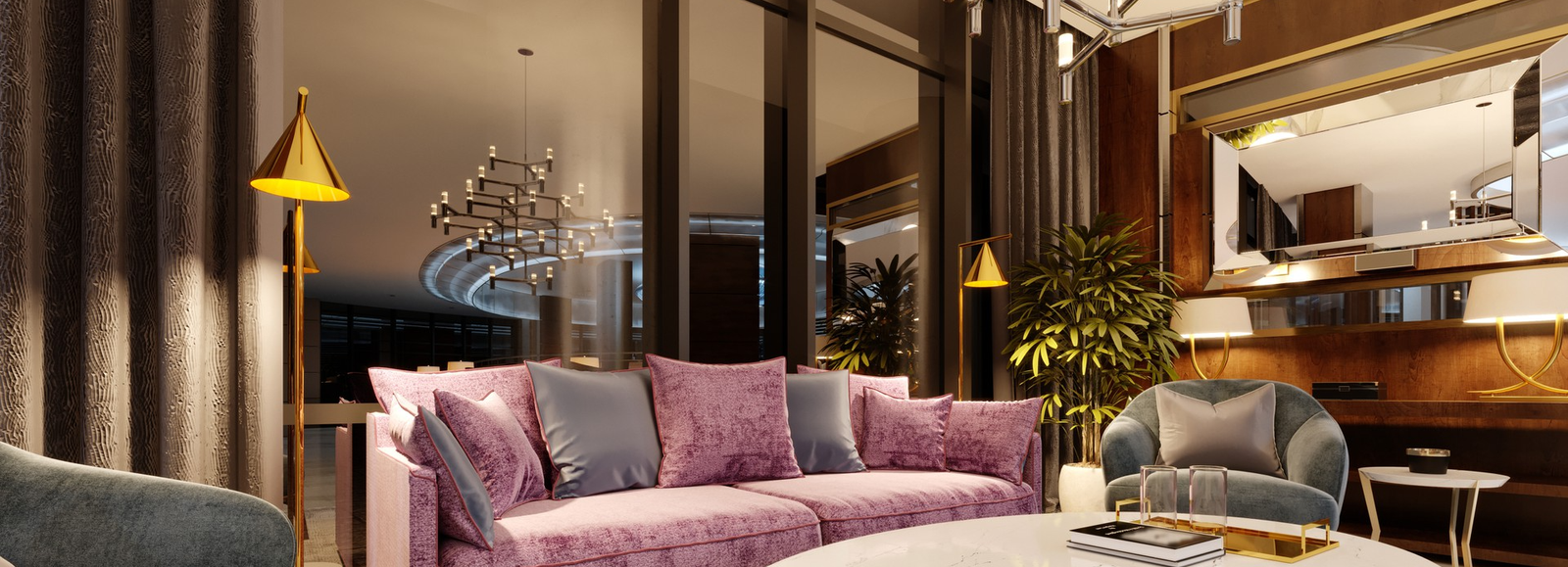The Fascinating World of Tribal Jewellery: A Journey Through Culture and Tradition
India’s Tribal jewellery heritage is an art form which is alive and vibrant today, and embraced by the fashionable set across the globe. Typical of our country’s diversity, every region across the length and breadth the land has unique jewellery designs produced by the ethnic tribal populations of a particular region. The repertoire of jewellery designs is vast, varied and made using rudimentary processes from locally available material like
shells, animal bones, metal, ivory, wood, feather and wild grass. This artistic out-pouring is really commendable given the limited resources, of these tribal communities.
Tribal jewellery amongst certain communities signifies seniority and special status, and individual’s wealth and possessions, spiritual beliefs and even functional habits. These ornaments reflect the socio-cultural traditions of a particular tribal group.
However, to the world outside, tribal jewellery is a source of inspiration for fashion and style. Amongst urban, artistic women of most age groups, it is an accessory that enhances their ethno-chic aesthetic. What is popularly known as ‘chunky’ jewellery, is indeed tribal jewellery. Forms of jewellery include necklaces, bangles, earrings, belts or exotic items like ear cuffs, lip rings, and toe rings.
1) Madhya Pradesh- Tribes of Bastar:
Tribal jewellery is best showcased through images representing the various tribal communities across the nation. Bastar is a well- known tribal area in
Madhya Pradesh, and well known for its tribal craft. Jewellery from Bastar is famous for necklaces made using one-rupee coins, which are popular. Apart from this material used are copper, glass, silver, wood, peacock feathers. Wild flowers, grass, natural beads and cane give Bastar tribal ornaments unique texture, charm and are commercially popular too, when retailed.



2) Rajasthan- Banjara Tribes:
The Banjaras are a nomadic group and known for wearing colourful and chunky ornaments embellished with coins, shells, beads and metallic mesh which make them attractive and distinguishable as Banjara tribal art. An important piece of ornament is an ornate belt which they wear around the waist.


3) Meghalaya-Tribes of Garo, Khasi and Jaintia hills:
Bright red coral beads of Jaintia and Khasi as well as thin glass fluted stems
of Garo are typical adornments of Meghalaya’s indigenous tribes. These
beads and stems are often strung together to form ornate necklaces,
bracelets, trinkets, earrings, belts and many other jewellery items. The
women wear a headgear during the ‘Lahoo’ dance.

4) Sikkim-Bhutia tribes:
Traditionally, the Bhutia tribes used gold to craft elaborate jewellery, and
now the more economical option of silver jewellery is produced mainly.
Brightening up these pieces of jewellery are stone settings using turquoise,
dze and coral stones, which make these pieces utterly unique and
attractive.


5) Bihar-Santhal Tribes:
The use of filigree jewellery in earrings, Kardhanis (worn around waist) and
Chura (bangles) are pretty and delicate and typical of Santhal ethnicity.
Jhumkis or tiny bells attached to some of these pieces and give off a
charming vibe.

6) Arunachal Pradesh:
The state has several indigenous tribes and these include the Wancho tribe. This tribe uses naturally available materials such as seeds, beetles, feathers, bamboo and cane to decorate their jewels. The Karka Gallong have their women adorned with coils of iron rings as earrings that go with their metal embossed
tribesmen have a unique headdress decorated with feathers of the great Hornbill bird. The Apatani tribe actually forge iron bracelets made by the blacksmiths. Rengami Naga men wear flower-based jewellery in their ears, and red blossoms are common.


7) Maharashtra-Halba tribes
Maharashtra-Halba tribes people use metals like gold, silver, brass and
aluminium to create beautiful Khosas (a beautiful lock of braid), Khinwas
(for ear piercings) and phuli (for nose piercings). Tattoo jewellery is very
common among the tribesmen.


8) Karnataka- Konda Kapus tribes:
The Konda Kapus tribes use silver and copper coins to make beautiful ornaments. Old Indian coins are used to fabricate Konda Kapus jewellery and that has earned this tribal art a premium tag by antique collectors. Necklaces made from 25 paisa and 50 paisa coins are commonly worn by the womenfolk.

9)Nagland-Agami Tribe:


Tribesmen of this tribal group adorn green
ferns and foliage in their hair knots. It gives a very natural look and
connects them with nature.
10)Himachal Pradesh-
Himachal Pradesh- Tribes of Chamba, Kangra, Mandi and Kullu: Tribes of Himachal Pradesh wear anklets, iron-headed bangles, Hansalis or collar-like ornaments, Kachs or chokers all made of silver, as also ornate decorative daggers. Then again, colourful lac-filled silver
bangles are commonly worn by Pahari women of this region.


11)Chhattisgarh-
Chhattisgarh tribal jewellery are
made of copper wires, brass and iron (now, gold and silver), and
embellished with natural seeds, bone or wood. Hill Maria tribal
ornaments are finely crafted to include collars, laces, square-bar
anklets, rings, conical -shaped earrings and nose rings.


12)West Bengal- Maukhali:
This tribe in West Bengal mainly from the 24 Parganas district make ornaments from gold, silver, precious stones, as also wooden beads to create – the Bengali Tikli (worn on forehead), Kaan (traditional earrings), chik (gold choker), Hunsuli, Mantasha and Dokra – all exquisitely crafted. The Dhokra tribesare the original metalsmiths of West Bengal using a technique of lost wax casting known as Dhokra metal casting. Jewellery and decorative items of cast metal from this tribal group is shopped all across India and overseas.
Keeping the tribal heritage alive and preservation of their way of life, including their inimitable art and craft has enriched the cultural fabric of India. The popularity of their distinct jewellery amongst the urban and the fashion- conscious have in turn supported sustainability of their ecosystem. Promoting and showcasing tribal handicraft, is another beautiful unity in diversity story. Tribal jewellery making as a course for aspiring jewellery designers will find
many takers!









